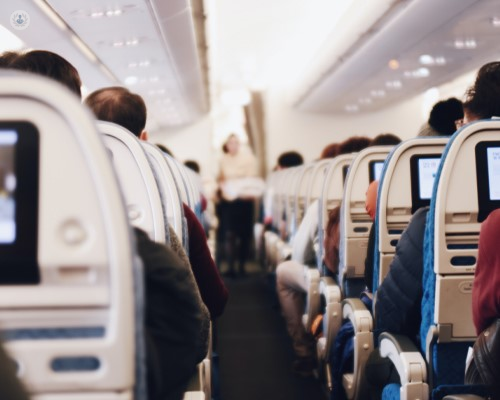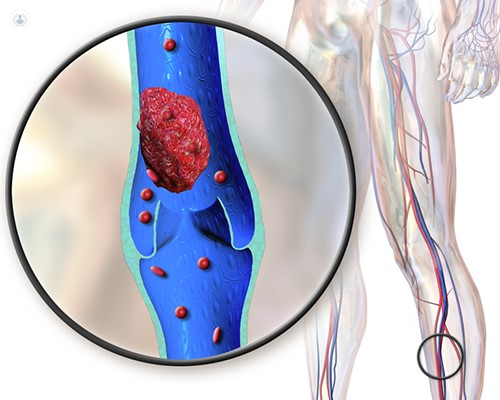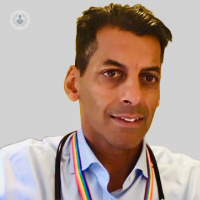Cool your jets: deep vein thrombosis advice during long distance travel
Written by:It’s been 50 years since the Jumbo jet 747 was brought to these shores by Boeing, making it the perfect time to speak about deep vein thrombosis (DVT) of the leg over long-haul flights with Mr Sudip Ray, a consultant vascular specialist and surgeon.

When was DVT following air-travel first described?
It was first described in 1977 as the ‘economy class’ syndrome by two Scottish researchers. However, it became clear that it was not exclusive to flying as some of their patients has also travelled by rail and car.
Who is at risk from flight-induced DVT?
People who are already at risk for DVT are at risk for flight-induced DVT. These same people include travellers who are overweight, recently had surgery or injury, smokers, and those on particular hormone tablets. Additionally, a separate condition known as superficial thrombosis (phlebitis) can come from having varicose veins. If someone has previously had DVT, they are typically aware that the risk is much higher and they often know to take special precautions.
Is the duration and type of flight important?
There is a doubled risk of thrombosis associated with journeys that are more than four hours, likely due to immobility. Despite this, the rate is only about one per 5,000 flights. The risk will be increased even further for extra long-haul flights that are more than 12 hours long, as well as multi-leg journeys. Shorter people under 165cm height or taller people over 185cm height, and those seated in a window or middle seat in a cramped or distorted position appear to have increased chances of DVT.

How can I reduce my risk of getting DVT from flying?
The best, healthiest way to reduce risk is by lifestyle adjustments. This includes giving up smoking, reducing weight, and postponing trips when recovering from an injury or surgery.
A common way to reduce risk is by wearing a fitted calf-stocking, known as a flight sock. Even if wearing a flight sock, it is equally important to stand and walk up the aisle and drink enough non-alcoholic fluids avoiding dehydration. People are more likely to relax for longer periods in the more expensive seats, so this is just as important to remember if sitting there.
What if I feel I am at high-risk of a DVT?
Beyond the above-mentioned measures, it is best to seek specific advice from a health professional. Aspirin does not lower the risk and it is not customarily recommended by doctors for this reason. Though, your physician may prescribe alternative anticoagulants if they feel you require extra precautions. There are a variety of keyhole surgery methods for varicose veins, however, allowing several weeks of recovery before trying long-haul travel.
If you are are worried that you are experiencing deep vein thrombosis, you can schedule a consultation with Mr Sudip Ray via his Top Doctors profile.


